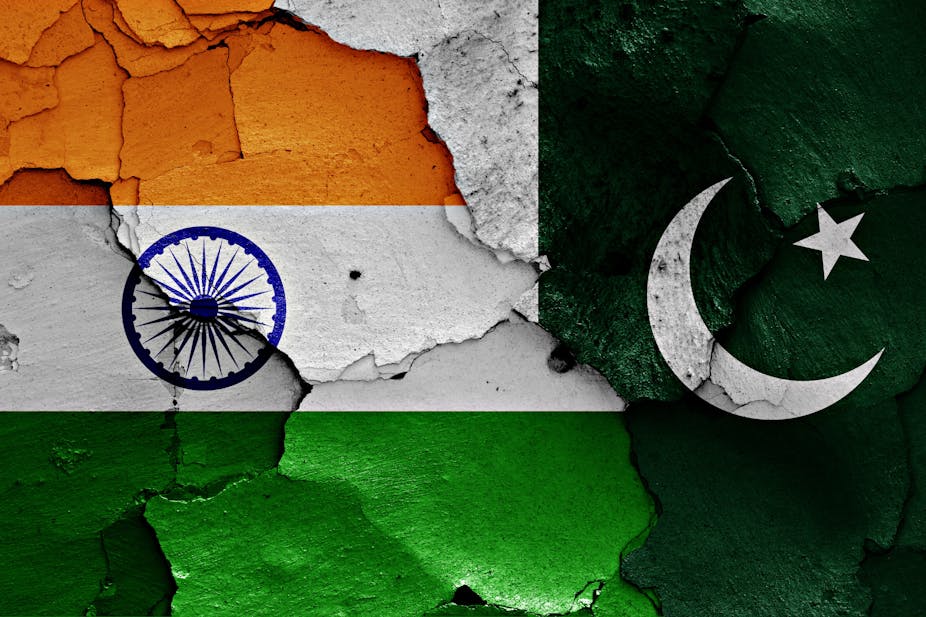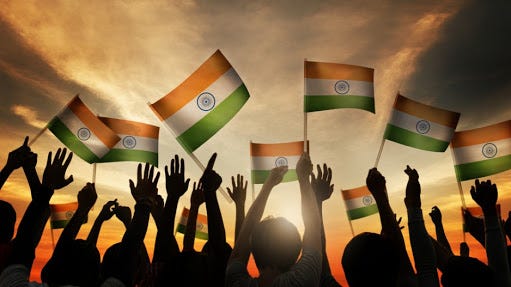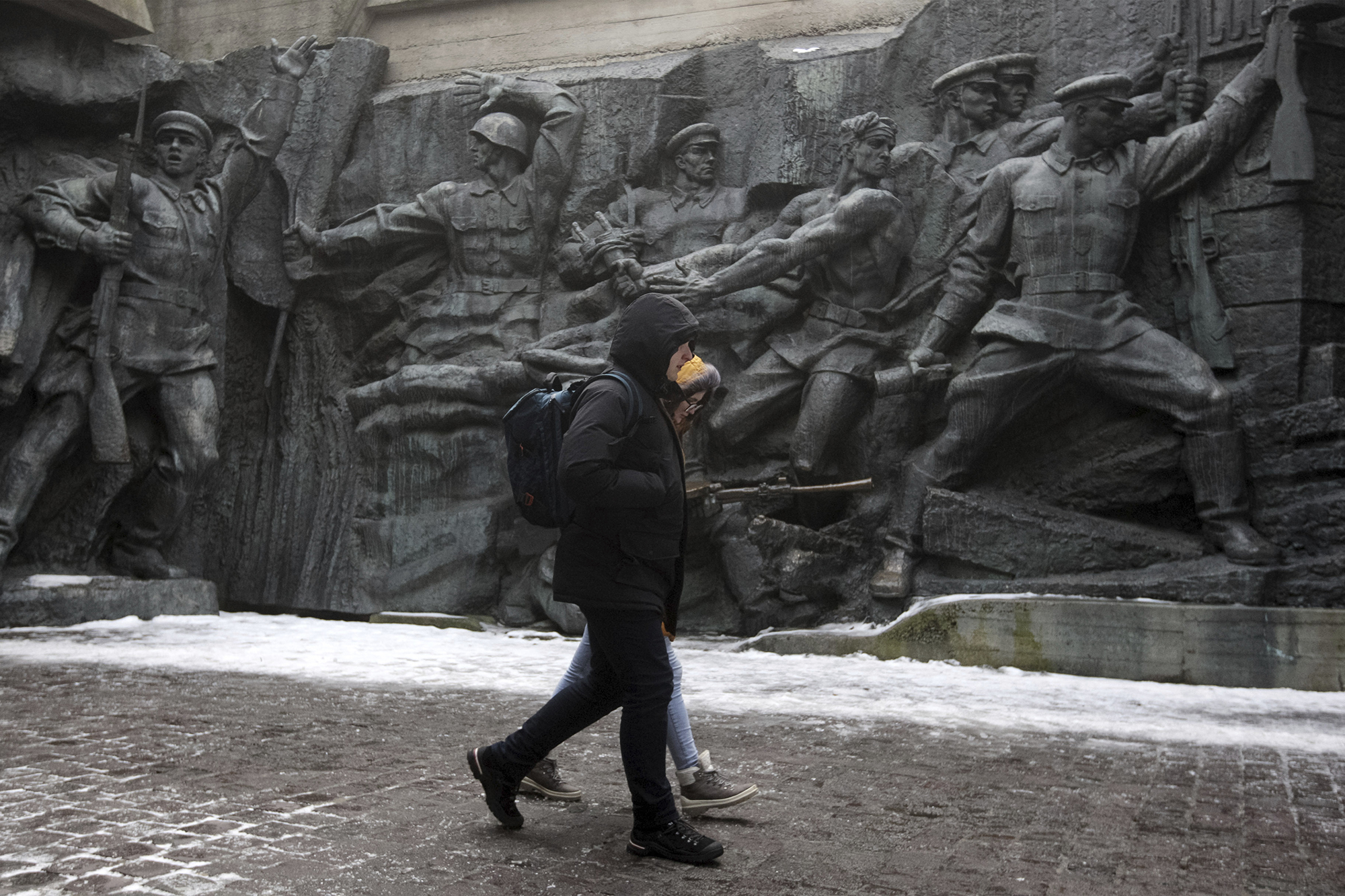In his first meeting with President Barack Obama in September 2014, Prime Minister Narendra Modi discussed making the United States a key partner in realizing India’s rise as a responsible, influential world power. This was, in some ways, the first time any Indian prime minister had discussed the country’s ambition to become a responsible, influential world power.
India in World politics
- India is not new to taking the lead in global politics: Since its inception, India’s leadership has actively pursued an agenda that benefits developing or less developed countries.
- India took a principled stance against the developed world’s policy dominance: Whether it was the GATT negotiations or the Non-Proliferation Treaty, India took a principled stance and stood up to the developed world’s policy dominance.
- India as a developing-world protector: During WTO negotiations, India played an important role in protecting the interests of the developing world.
- For example, Murasoli Maran, the Minister of Commerce in the Vajpayee government, was instrumental in preventing developed countries from advancing their trade and commercial agendas. The UPA government maintained this strategy, risking opprobrium and occasional isolation from the interested parties. However, this did not deter India from opposing agendas that were perceived to be detrimental to the interests of not only its people but also the larger developing world.
- India added a moral dimension to the developing world’s monetary vision but was perceived as an obstructionist: India’s significant contribution to all of these fora was that it added a moral dimension to developed world’s monetary vision. However, in the process, India developed a reputation as a skeptic and obstructionist.
India’s smart shift in its approach
- While standing up for the developing world and zealously defending its strategic autonomy, India began to take a proactive role in finding solutions.
- The Paris Climate Summit in 2015 provided India with its first significant opportunity to highlight its new priorities. It was critical to securing the climate agreement while ensuring that the interests of the developing world were not jeopardized.
- In the words of Prime Minister Modi: PM PM Modi cogently articulated this stand on the eve of the Summit: “Justice demands that, with what little carbon we can safely burn, developing countries are allowed to grow. The lifestyles of a few must not crowd out opportunities for the many who are still in their early stages of development.” Developed countries agreed to the principle of “common and differentiated responsibility” as a result of India’s efforts.
- INDCs were successfully persuaded by India: India successfully persuaded developed countries to agree to the formulation of “intended nationally determined contributions,” or INDCs, rather than externally imposed targets.
- Through “Vaccine Maitri,” India emerged as a powerful player during the Covid pandemic response: India’s arrival on the global stage as an important player was bolstered by its constructive response during the Covid pandemic. In addition to vaccinating its billion-plus citizens, India came to the aid of more than 90 countries by ensuring a timely supply of vaccines through its “Vaccine Maitri” program.
- Excellent economic recovery in the post-Covid era: India’s growing importance is visible in a variety of ways. Its post-Covid economic recovery has been laudable, with the World Bank revising its 2022 GDP growth projections from 6.5 percent to 6.9 percent. According to the IMF, it is 6.8 percent, while the rest of the world is expected to grow at 4.9 percent.
India in a new year
- Stronger ties with African nations: The India Africa Forum Summit (IAFS), founded by then-Prime Minister Manmohan Singh in 2008 as a triennial event, convened for the third time in 2015 in Delhi. PM Modi took a special interest in strengthening ties with African nations, which resulted in the Summit’s highest-ever participation. It is critical to restarting the process.
- India’s critical role in the Russia-Ukraine war: At the Bali G20 Summit, India played a critical role in ensuring that both Russia and its critics, such as the United States, had their say on the Russia-Ukraine war in a dignified and uninterrupted manner. India, for its part, conveyed to the Russian leadership that this was not the time for war. The new year will present an opportunity for India to play a role in bringing the war to an end.
- Possibility of establishing a new agenda for the global public good: As chair of the G20, India has the opportunity to set a new agenda in front of the world’s most powerful group of nations. It has always worked for the prudent sharing of global public goods in the past. It is now time to launch similar initiatives for global digital and genetic goods.
Way forward
- India must continue to be the voice of the global south: In order to achieve its goals, India must not lose sight of the principles that it has always upheld. It must continue to be the Global South’s voice.
- The emphasis on the neighborhood must be increased: India’s diplomatic, strategic, and political investments in Asia, Africa, and Latin America must be increased.
- ASEAN IOR must pay more attention: With SAARC failing and BIMSTEC dead in the water, India’s focus on the ASEAN and Indian Ocean region must expand. India’s Act East policy requires more vigor.
- India must incorporate moral dimensions into new technological developments: In global politics, India has always supported moralism. The Indian side is also using traditional wisdom to achieve global good in climate talks. India must incorporate a moral dimension into new technological developments.
- India must take the lead in regulating technologies for the sake of humanity’s future: The advent of artificial intelligence and genetic manipulation technologies will rock the world. These technologies will devastate humanity’s future if they are not globally regulated on time.
@the end
The country is starting off the new year on a high note. It now controls the leadership of major multilateral organizations such as the G20 and the SCO. Thus, the new year will provide India with the opportunity to realize its global power ambitions. However, opportunities come with risks. By keeping the border tense, China may try to limit India’s ambitions. India must strike a harmonious balance.
Source: https://www.thehindu.com/opinion/lead/a-role-for-india-in-a-world-wide-web/article66282483.ece










